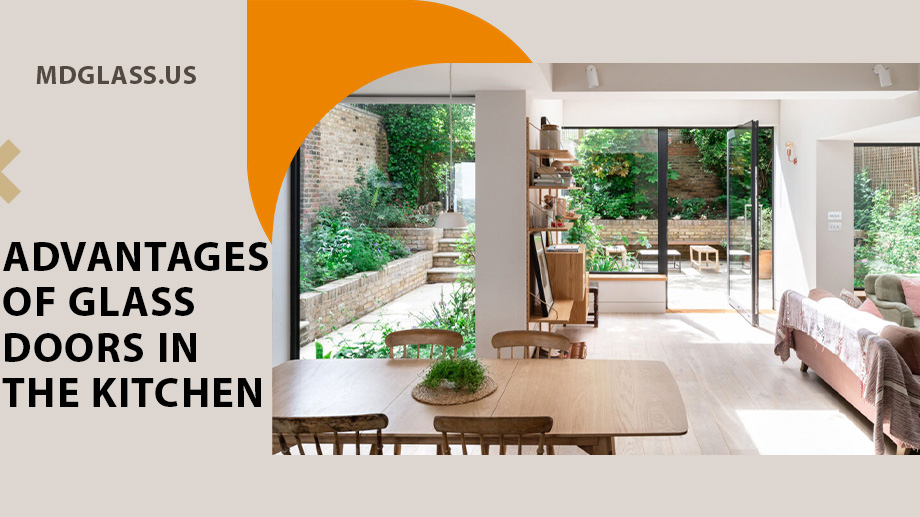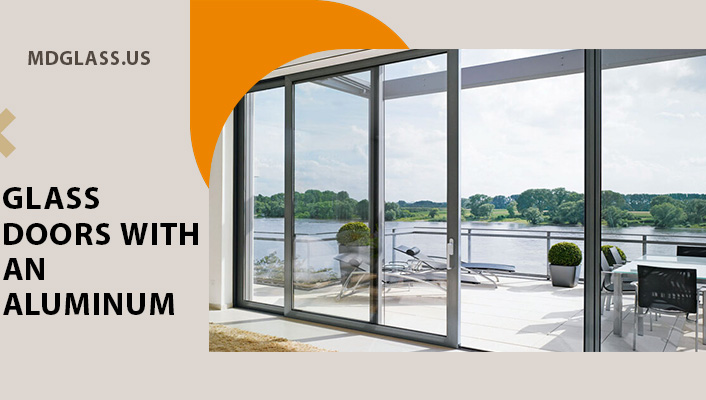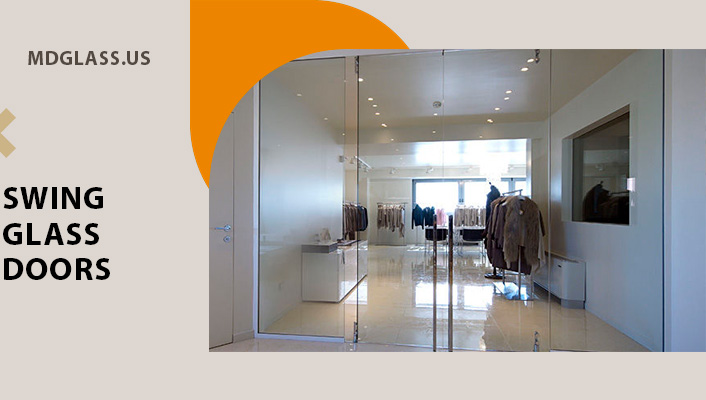Whether you are building new or renovating old, windows and doors must be impeccable in terms of functionality, durability, quality, safety, and aesthetics. You won’t go wrong choosing aluminum carpentry. Indeed, it has many advantages: light, anti-rust, thermal and acoustic insulation, easy to maintain, ecology, but what are the different types of aluminum joinery that exist on the market?
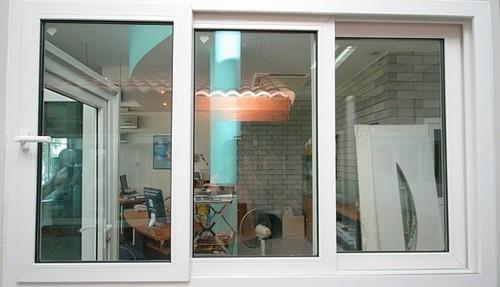
Aluminum windows: the different opening and closing modes
Fixed frame: This is a fixed window without opening.
Bellows: The leaf is articulated on a low horizontal hinge and opens inwards.
Single leaf: The leaf opens inwards.
Tilt-and-turn: This is the combination of a vertical hinge and a horizontal hinge. The leaf opens inwards.
Tilting: The sash tilts on itself horizontally (type of aluminum joinery roof window)
Pivoting: The sash pivots on itself vertically.
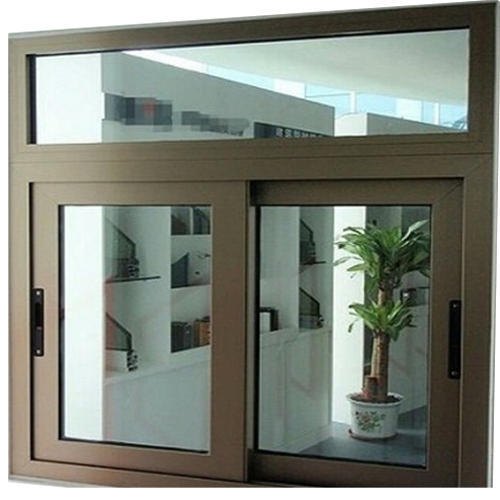
Sliding: The sash moves horizontally in front of a fixed window.
With partition: The opening slides horizontally and we can hide it in the partition.
The different types of aluminum carpentry: Thermal and acoustic comfort
The thermal and acoustic comfort of an aluminum window depends on how it is opened but also, and above all, on the type of glazing and profiles chosen.
Aluminum is light, modular, easy to install, easy to maintain, resistant to weathering, impacts, deformation and fading.
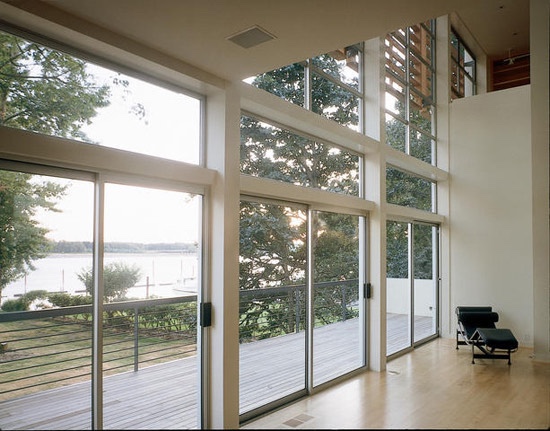
The leaf opening mode has the following advantages:
Tightness, security, ease of use, insulation. While the sliding opening mode offers the possibility of large glass surfaces, a significant energy saving, a contribution of heat and light, and a notable space-saving.
Most aluminum profiles have a thermal break, and can be U, rectangular, rounded, or flat.
Possible options for aluminum windows
Colors: there are about twenty colors to choose from for aluminum joinery.
The bay units: possibility of a combined window + roller shutter for more aesthetics, performance and economy.
Mixed wood-aluminum windows: for more warmth, performance, and aesthetics.
Mixed aluminum-PVC windows: for more heat, performance, and savings.

